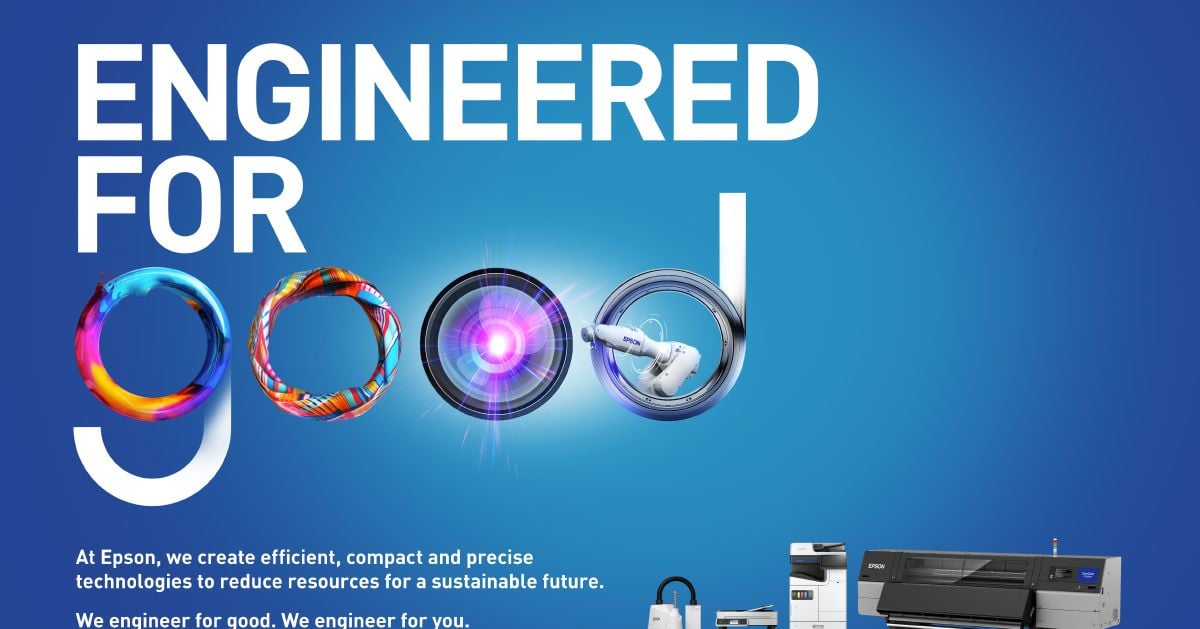KUALA LUMPUR: Epson Malaysia remains dedicated to delivering innovative solutions that transform traditional classrooms into dynamic, interactive learning environments as the country prepares its younger generation for a technology-driven future.
Leading this transformation are the company’s interactive projectors, designed to foster collaboration and active student participation.
According to Morikawa Tomohito, managing director of Epson Malaysia, these advanced devices enable both teachers and students to interact directly with projected content—writing, drawing, and annotating in real time.
By facilitating more than just passive information consumption, these projectors encourage dynamic discussions, idea sharing, and critical thinking, Tomohito explained.
He added that with dual-pen interactivity and multi-touch functionality, multiple users can annotate simultaneously, making group work and collaborative problem-solving more efficient and engaging.
Tomohito said the importance of high-quality visual aids in education cannot be overstated, particularly for visual learners who benefit from clear, vibrant imagery.
Epson’s projectors utilise advanced 3LCD technology, delivering exceptional colour accuracy and brightness. This allows educators to present sharp, vivid images, even in brightly lit classrooms, making complex subjects—such as scientific diagrams, historical maps, and mathematical graphs—easier to understand.
Enhanced visual clarity helps maintain student focus, fostering deeper comprehension across a wide range of subjects.
Tomohito said the impact of interactive and visually rich learning tools extends far beyond aesthetics.
He said research shows that classrooms equipped with such technologies experience a notable increase in student engagement.
For example, a study conducted in Malaysian schools revealed that students participating in tech-enhanced lessons demonstrated 25 per cent higher retention rates and greater enthusiasm for group activities compared to those in traditional settings.
Interactive learning tools also address different learning styles, ensuring inclusivity for students who might otherwise struggle in conventional classrooms.
Tomohito said Epson’s commitment to advancing digital learning environments reflects the broader shift towards prioritising educational excellence in a technology-driven world.
By providing tools that enhance collaboration, simplify complex concepts, and encourage active participation, technology providers play a pivotal role in shaping the future of education.
Additionally, Epson’s solutions are designed with sustainability in mind, reflecting a growing global emphasis on sustainable practices.
Many of Epson’s projectors feature energy-efficient technology, which reduces power consumption without compromising performance. This commitment to sustainability aligns with Malaysia’s larger environmental goals, ensuring that technological advancements in education do not come at the expense of the planet.
“As education systems continue to embrace digital transformation, the focus should remain on creating environments that inspire curiosity, foster innovation, and prepare students for the demands of a digital future.
“By thoughtfully integrating technology, educators can bridge gaps in traditional teaching methods, ensuring that students are not only informed but also equipped to thrive in an ever-changing global landscape,” Tomohito said.
© New Straits Times Press (M) Bhd






